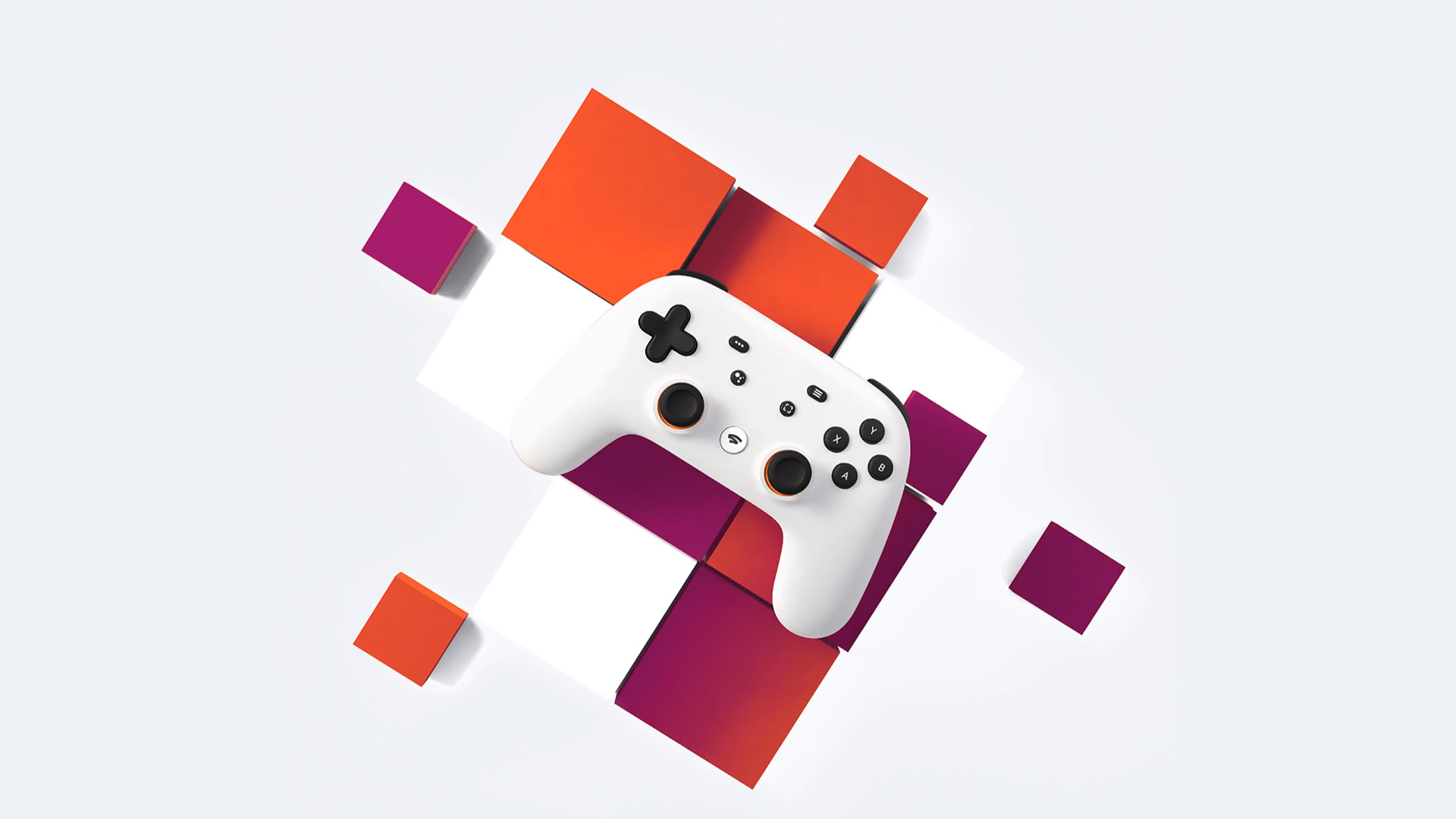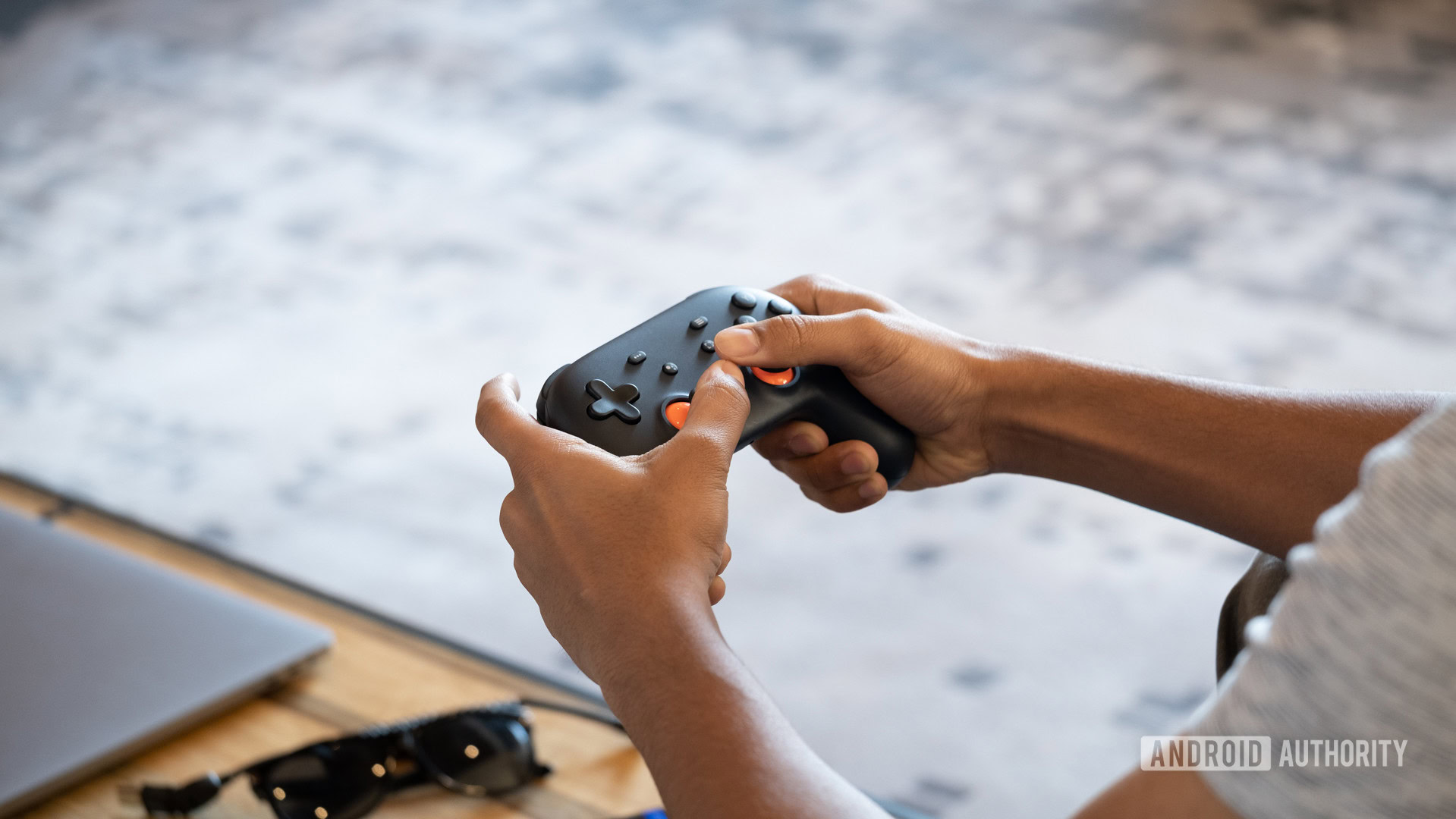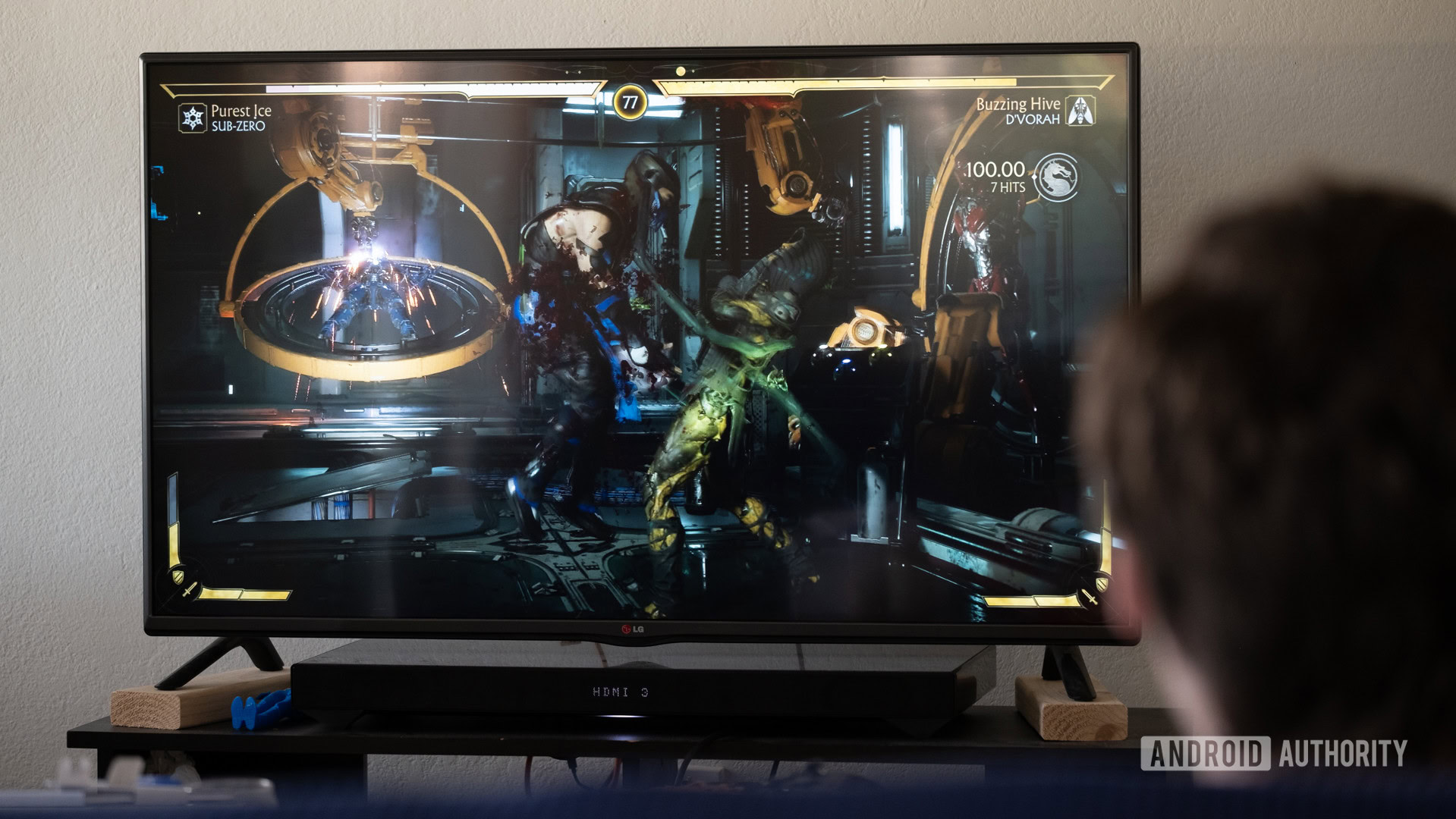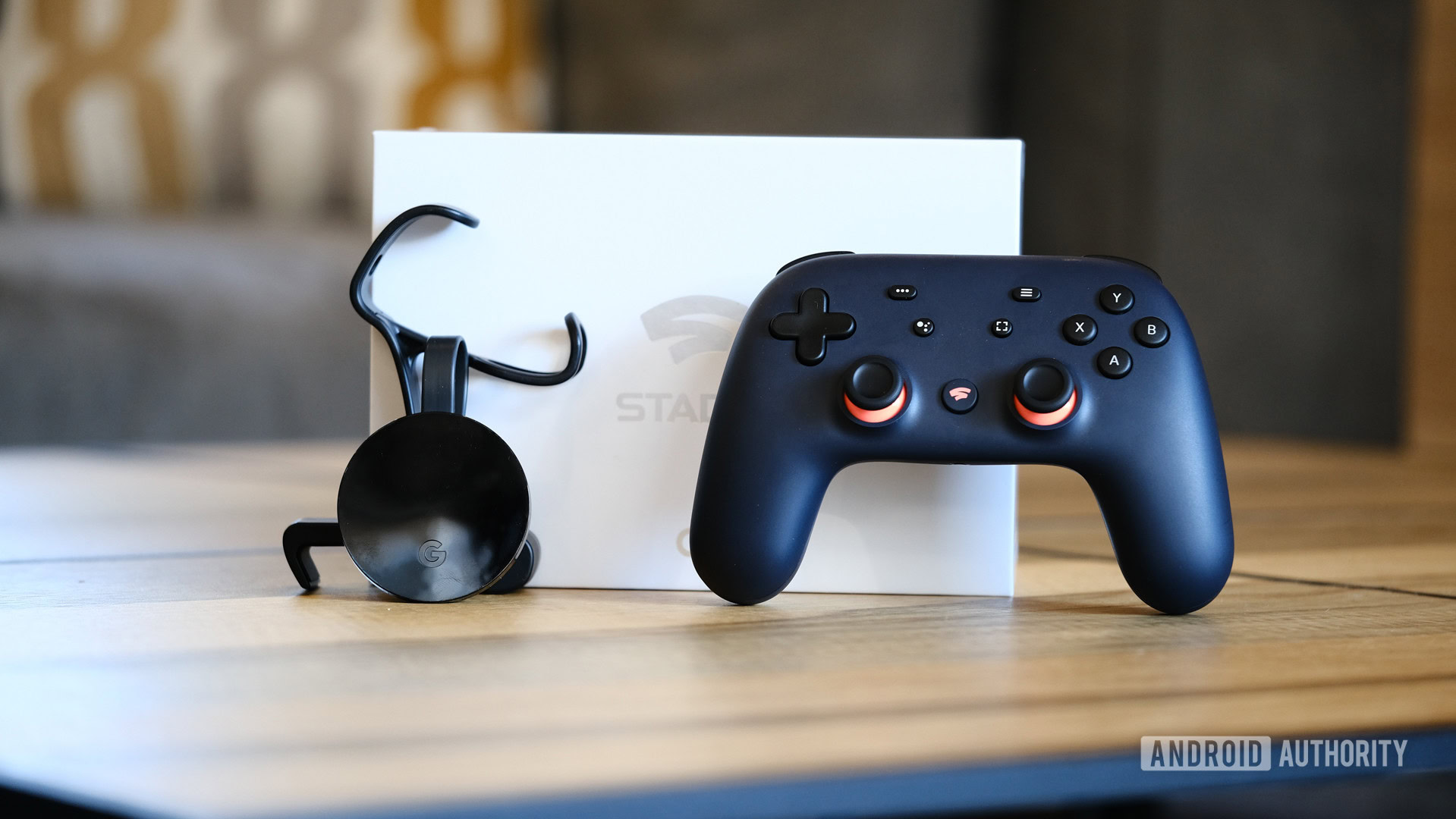Affiliate links on Android Authority may earn us a commission. Learn more.
Who is Google Stadia even for? (Hint: It's me)
Published onNovember 20, 2019

Ever since it was announced, gamers and gaming media outlets have struggled to answer the question: “Just who is Google Stadia for?”
The answer to that question is me: a 30-year-old dad who used to buy the latest consoles and game releases, but no longer has the free time to justify buying a dedicated box just to collect dust in the living room. I used to be a pretty heavy gamer, but nowadays I have an hour or two to devote to gaming, generally in short spurts throughout the day.
Fortunately, Google Stadia (or any cloud gaming service, for that matter) offers exactly that for way less money and hassle than traditional consoles.
What Stadia offers for me

Although the service is still in its infancy, Google Stadia is exactly what I need to rekindle my relationship with gaming’s latest and greatest titles. I know and accept that my days of eight-hour World of Warcraft raids are behind me, but that doesn’t mean I ready to abandon the hobby altogether.
Read also: Google Stadia review: This is the future of gaming, if you have the data for it
Stadia allows me to jump right in and play current AAA titles on the hardware I already have (plus the controller, since I don’t already have a decent Bluetooth controller), and skip over download times that would eat into my precious gaming time. Currently the best way to get my gaming fix is by playing mobile games or watching snippets of Twitch livestreams, both of which obviously have their limitations.
“Why not buy a Nintendo Switch?” you might ask. I have a Switch (and love it), but it just isn’t the same. Nintendo’s first-party titles are killer, but anything more demanding is less than ideal for the platform. Look no further than the recent Witcher 3 port to see why games like Red Dead Redemption 2 or Cyberpunk 2077 simply won’t work. Plus, I fully expect to lose control of my Switch as my daughter gets older.
Apart from the freedom from dedicated hardware, the ability to pick up and put down a game at any moment is a godsend for me. Between standard adulting and the needs of a five-month-old baby, a 20-minute break to frag some Fallen in Destiny 2 is exactly what I need to keep a grasp on my sanity.
The real audience for Google Stadia
Google Stadia was pretty much universally panned by gaming outlets in early reviews, despite most of them conceding that the core experience really works. Missing features are certainly disappointing, but most complaints were centered around comparisons with current-gen consoles, which is understandable given their reading audience.
Google Stadia isn't a replacement for consoles if you don't have any consoles in the first place.
The problem with that comparison is that it assumes Stadia is a replacement for traditional game consoles, but for me it isn’t a replacement for anything. It’s the only way for me to dip my toes into gaming experiences that are typically locked behind a $500+ paywall.
Gaming is an expensive hobby. Consoles and gaming PCs/laptops are pricey, and they only represent part of the cost of entry. If you’ve already invested in a PlayStation 4 or Xbox One, odds are Stadia doesn’t offer much value for you, and that’s okay.

In addition to former gamers like myself, mobile gamers (more than 75% of whom are over the age of 25) are probably the closest thing to a market that Stadia and other cloud gaming services have. Most of the draws of mobile gaming (low barrier of entry, instant access, convenience, etc.) also apply to game streaming. While many casual gamers are happy playing Candy Crush Saga or Clash Royale, I’m sure at least some of the 2.4 billion mobile gamers worldwide would jump at the chance to have a more meaningful gaming experience.
A forgivably botched launch

Although I’ve enjoyed my limited time with Stadia so far, I agree with many of the criticisms aimed at the platform. The campaign surrounding the launch has done a terrible job communicating what Stadia even is, with tons of consumers still thinking it’s a “Netflix for games,” which it very clearly is not.
Pair this with this week’s botched rollout and you’ve got the perfect recipe for bad PR. Many of the earliest adopters who pre-ordered the Founder’s Edition minutes after it became available didn’t gain access to the platform on launch day. I got access well into the evening, and my controller isn’t slated to arrive until November 22 at the earliest. That very frustratingly locks me out of trying the service on a TV (the only medium to support 4K) or phone for at least a few days.
As for the experience itself, it’s been exactly what I hoped for. Some input latency is there, but it’s hardly noticeable, and even the occasional audio/video stutter on Wi-Fi is far better than what I could expect when running modern games on my non-gaming laptop (if it can run them at all). On wired connections, performance is incredibly smooth.
The full spectrum of features Stadia promised might not be there yet, I’m confident that it will get there. I’m not completely sold on Stadia Pro, but the free 1080p/60fps version coming in 2020 would absolutely cover my gaming needs. Time will tell whether or not Google is able to improve the value proposition of Stadia Pro by then, or if the service is instantly overshadowed by offerings from other major players in the gaming industry.
Even if Google does pull the plug early like it has so many times before, I’m sure xCloud, Geforce Now, or some other platform will reach critical mass in the next few years. Regardless of what it’s called, cloud gaming means game-on for me, which is more than this gamer-dad could ask for.